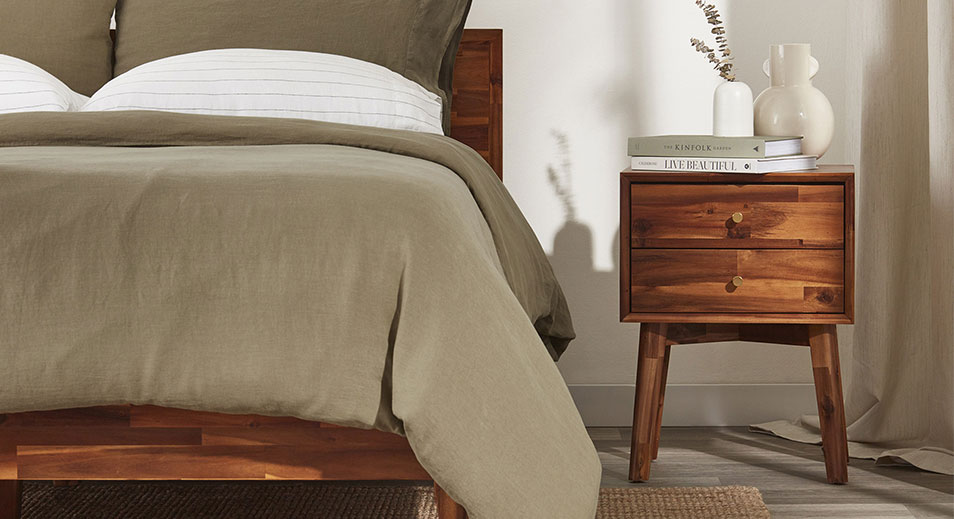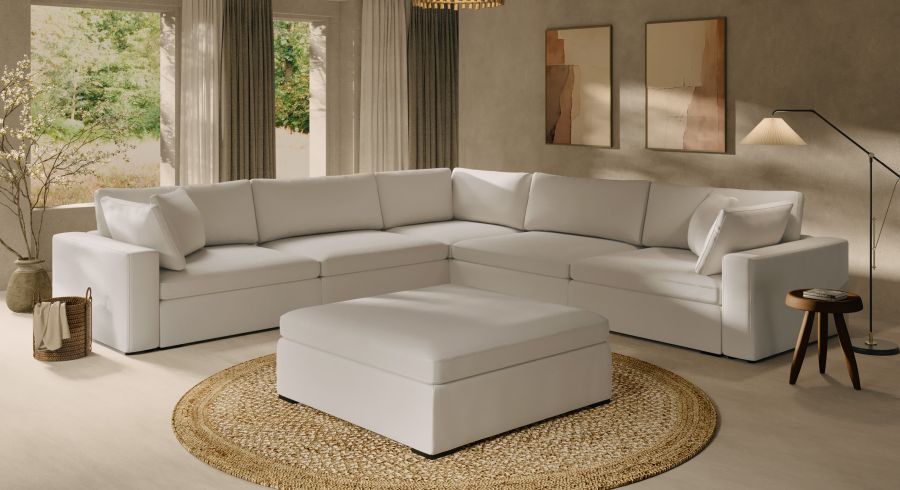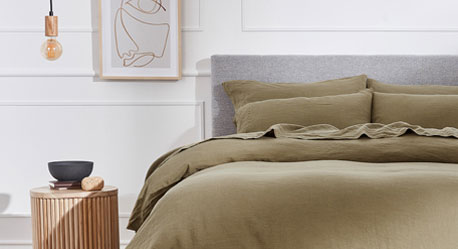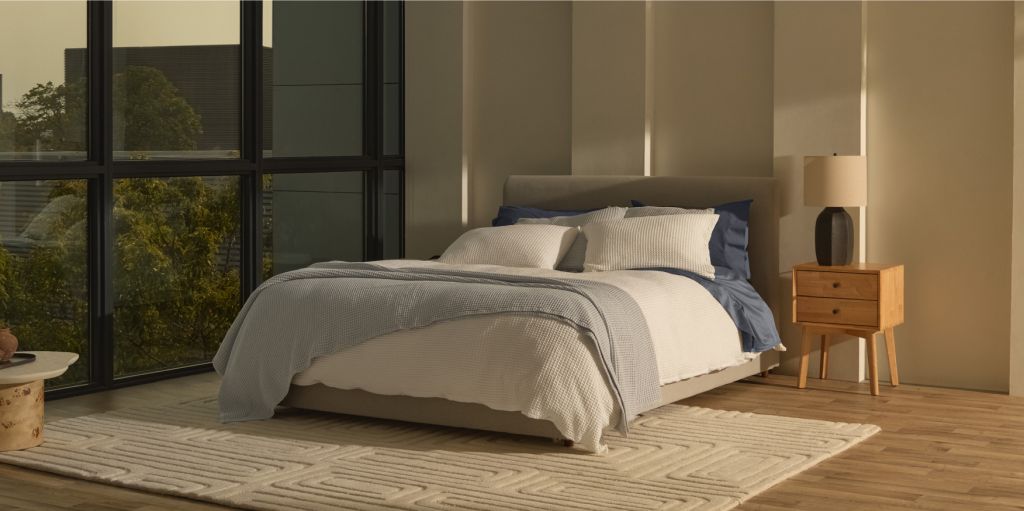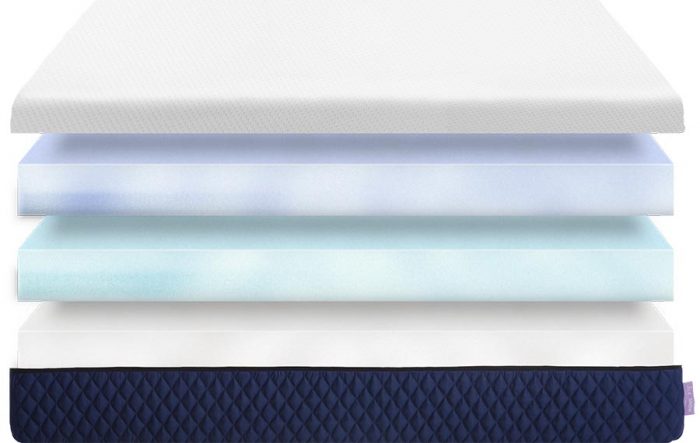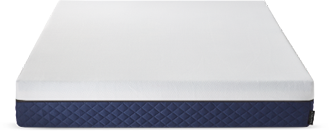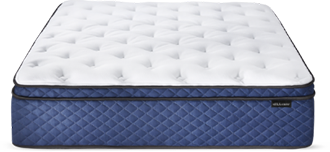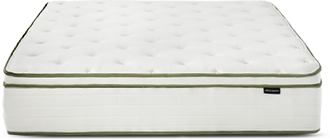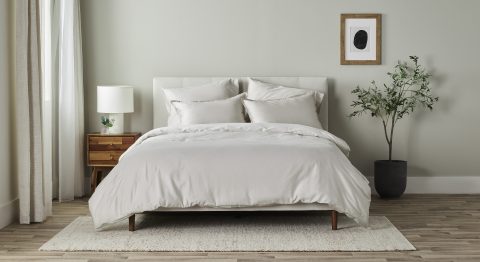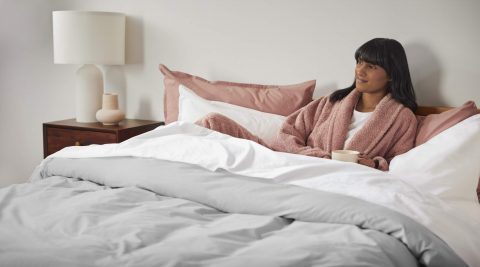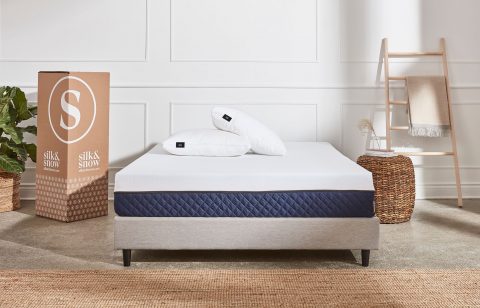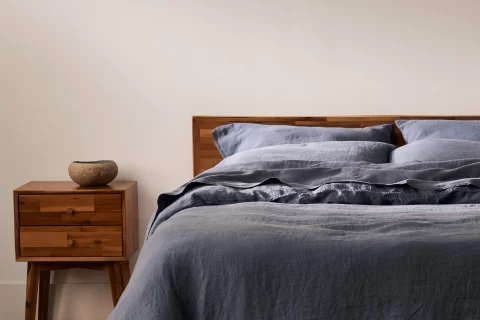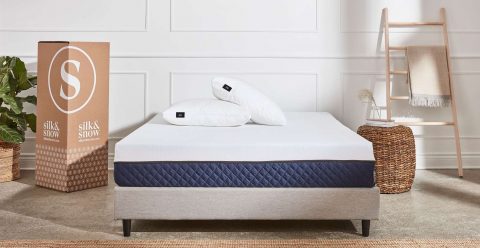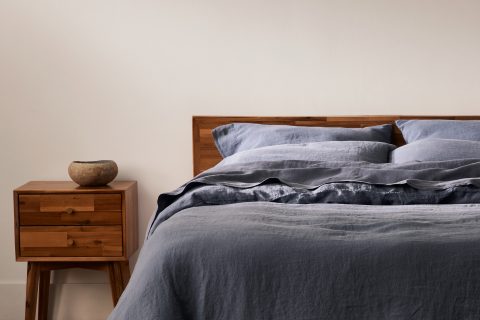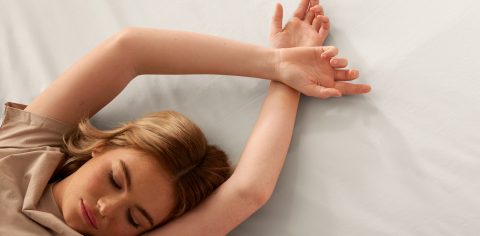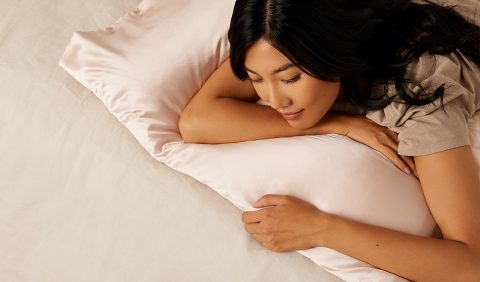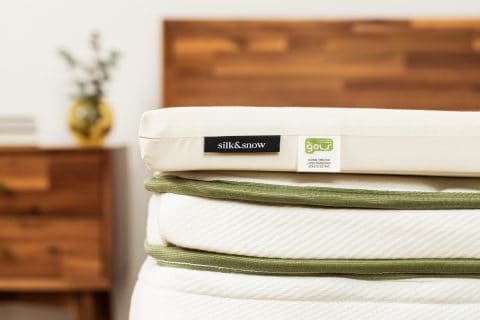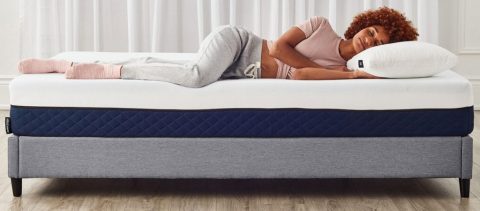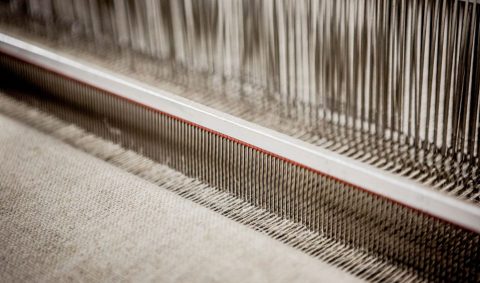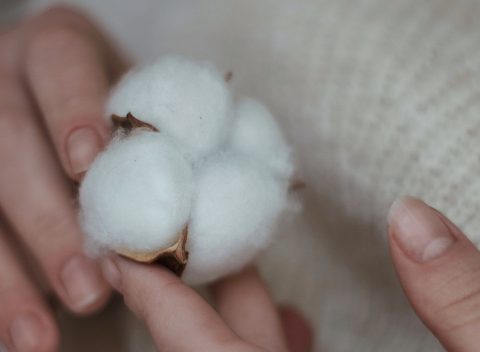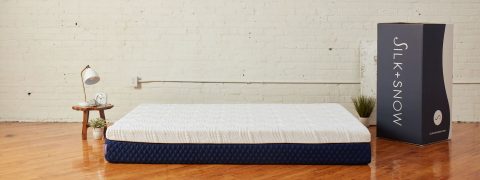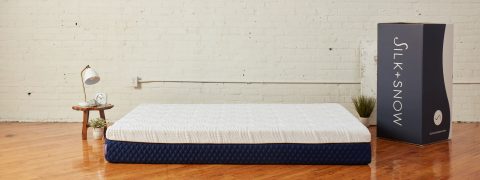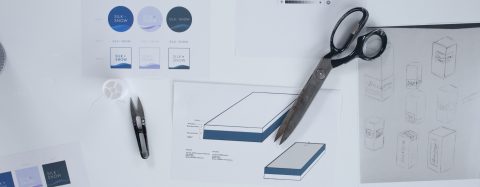We all prefer different sleep positions, pillow configurations, amounts of blankets and room temperatures. No matter what our individual preferences are, we all require the same thing: the conditions that will provide us with the best quality sleep possible. Out of all the mattress factors that affect sleep quality, one of the most subjective and heavily contested is a soft mattress versus a firm mattress.
The softness or firmness of a mattress is a frequently misunderstood aspect of its construction. While it’s easy to instinctively equate a soft mattress with plush comfort, there are important long-term considerations that should be taken into account. These considerations go far beyond the initial appearance of comfort. Read on to learn about the true differences between a soft and a firm mattress, the distinction between mattress density vs firmness, and how those differences can either or help or hurt your chances at consistent, quality rest.
How Can You Measure Mattress Firmness?
At a superficial level, the firmness of a memory foam mattress is most easily determined by feel. Firmer mattresses will feel harder and have less give when pressed down upon, whereas softer mattresses will compress with much less resistance. That said, if you’re buying your mattress online, this touch and feel assessment won’t do you much good. Plus, it doesn’t really tell you how that softness or firmness will affect your sleep quality.

ILD Rating and Mattress Firmness
There’s a measurement for determining the firmness of memory foam mattress known as Indentation Load Deflection (ILD). ILD is the measurement of how much weight (in pounds) it takes to push a 50” inch disc into a 15″x 15″x 4” memory foam sample and make a 1-inch indentation.¹ Most commercial viscoelastic memory foam mattresses come with an ILD rating between 10 lbs at the soft end and 16 lbs on the firm end. The higher the rating, the firmer the feel. For example, if a mattresses ILD rating was 15, it means it would take 15 lbs of force to push the disc down 1 inch.
If these ILD ratings for viscoelastic memory foam mattresses seem low, it’s because they are. For the sake of comparison, the ILD ratings for conventional, closed-cell memory foam mattresses typically range between 24-31.¹ The foam used in these mattresses is springier and actually pushes back when you sit or lie on it. This opposing force leads to higher ILD ratings.
On the other hand, the viscoelastic, open-cell gel memory foam used in mattresses doesn’t spring back and is primarily used as a comfort layer. With the help of high-density support layers, this foam distributes weight more effectively, allowing for excellent support despite the comparatively lower ILD ratings. Open-cell gel memory foam also sleeps far cooler and contours to the body much more effectively than ultra-firm, closed-cell foam.
The Relationship Between Mattress Density and Firmness
It’s a misconception that there is a direct connection between the density of a mattress and its firmness. Because of the numerous structural and chemical properties of certain foams, a foam with a higher density can have a lower ILD rating than foams with lower densities.2
Whereas mattress firmness concerns the initial feel and the effort needed to compress the top layer of the mattress, mattress density concerns the mass of memory foam used per unit volume. It’s expressed in pounds and it refers to the mass of one cubic foot of a memory foam layer (i.e. a 5-pound foam mattress means that a 12”x 12”x 12” cube of the foam weighs 5 pounds).
While mattress foam density can determine the long-term support and durability of your mattress, firmness only has to do with the mattresses physical feel. It’s important to understand that these two characteristics should be considered independently of one another.
Does Mattress Firmness Matter for Sleep Quality?
Despite the fact that ILD ratings are an objective measurement, mattress firmness is still a very subjective characteristic. When it comes to the mattress consumer, the only thing firmness really indicates is how the mattress immediately feels upon contact. In these cases, it really is all about preference. Instead of focusing too heavily on the perceived firmness or softness, take the time to consider support, pressure relief and how cool or hot the mattress will sleep over the long run.
The most important attribute of a mattress is the level of support it offers. And as we’ve discussed, support is a product of mattress foam density. Even though a very firm mattress may initially feel like it would offer excellent support, these mattresses can create pressure points over time if the very firm top layer isn’t properly supported. Ideally, you would like a mattress that contours to the body and supports pressure points. The Silk & Snow Mattress uses high-density memory foam to provide this necessary support night after night.
Regardless of the mattresses immediate feel, everyone should consider mattress density first and foremost for a quality, supported sleep. High-density foam is ideal for maintaining proper body alignment for back sleepers, stomach sleepers, side sleepers, heavier sleepers and those contending with chronic pain issues.
Your Body Knows Best
Above all, the key is to listen to your body. Considering the fact that we spend roughly one-third of our lives sleeping, investing in the best sleep possible is paramount for health and well-being. If you find that you’re waking up in pain or the quality of your rest is noticeably suffering, this could be an issue of inadequate support. Don’t accept these restless nights as an inevitability or ignore them. Find a high-density foam mattress with the right feel that will give you the best chance at a good night’s sleep for years to come.
Considering a Change?
The S&S Memory Foam Mattress is made with three layers of high-quality foam, that provide a combination of durability, support and luxurious comfort. A 1.8 lb support layer forms a stable foundation, followed by a 1.8 lb layer of transitional performance form which limits motion transfer. These two layers support a 4 lb layer of gel memory foam which provides the support needed to relieve pressure points while you sleep. For added convenience, the mattress cover is fully removable and washing machine ready.
The S&S Coil Hybrid Mattress contains individually-wrapped pocket coils made of tempered steel which work independently of each other for better support and reduced motion transfer. They also contain three layers of foam: a layer of high-density support foam, a layer of 4 lb/ft³ gel memory foam and a top layer of cooling gel foam. Both the pocket coils and the foam layers are meticulously sourced from Canadian manufacturers to ensure optimal comfort and quality.
LEARN MORE ABOUT SILK & SNOW’S MATTRESSES >>


